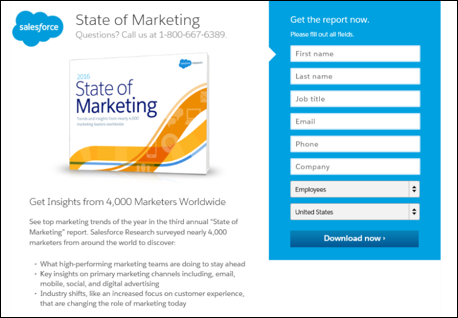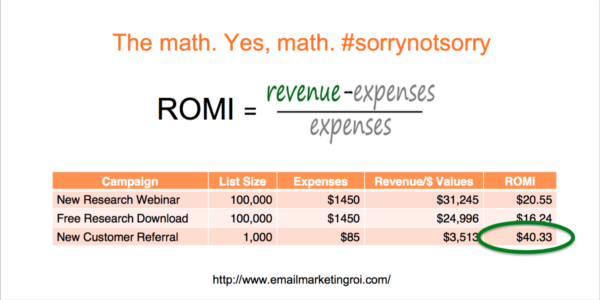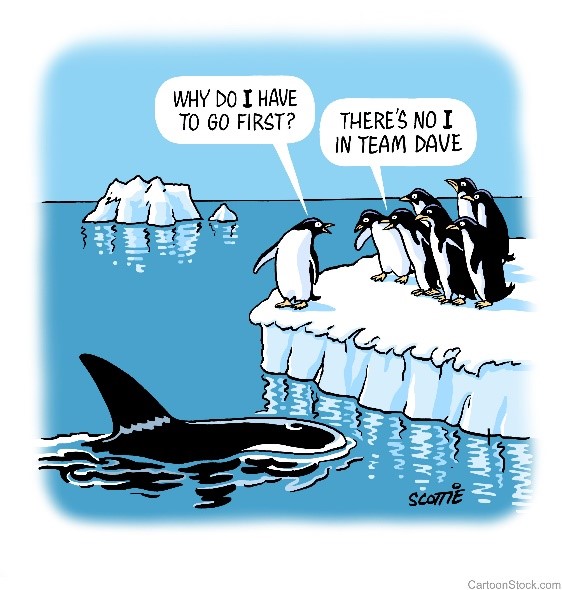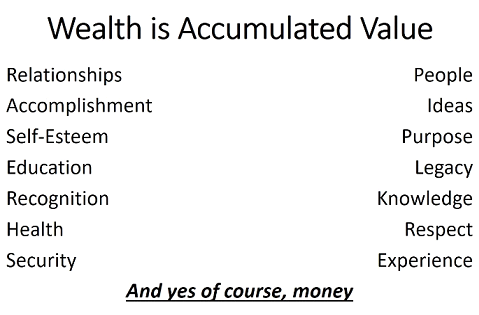With 2 billion monthly active users, Facebook reigns as the number 1 social media platform. Especially if you want to increase the visibility of your brand, no other social media site compares. Because Facebook is by far the most popular social media platform for online businesses, it features a tremendous volume of content, making competition fierce. In vying for your prospects’ attention, it is imperative that you do something to stand out.
As you are about to discover, there are multiple hidden tricks and features on Facebook that could prove advantageous in achieving your goal of enhanced visibility and greater success. Following are some Facebooks hacks that will help bolster your online presence.
Improve Your Facebook Profile
When prospects log onto your Facebook page, the first things they see are your cover and profile photos. The saying “a picture is worth a thousand words” definitely applies in this case. By nature, people are visual creatures. If you expect serious-minded customers to respond, you never want to add anything boring, blurry, or inappropriate.
Instead, your Facebook page needs some personality and style. To quickly get the attention of your target audience, you want to add interesting, enticing, and professional cover and profile photos. For designing excellent photos, you can use several online tools. Regardless of the photos that you choose, make sure they are high quality, in the correct size for this platform, compatible, and relevant to your brand.
Enable High-Definition Photos and Videos to Enhance Your Content
Although content has always been vital to online success, it is even more so in today’s competitive market. One of the many objectives of having a Facebook page for your business is to engage with your audience. However, if you notice that added photos or videos of a recent team-building event or your employees mingling with customers show up as poor quality on your mobile device, you have to make the appropriate changes.
When promoting your brand on Facebook, you want to avoid uploading blurry or grainy photos.
By going into your account, you can make a few minor setting adjustments that enable the HD upload. You then can share superior-quality photos and videos. To accomplish this, perform the following steps:
• On your mobile device, open the Facebook app.
• Select the main menu symbol in the lower corner.
• Choose “Settings.”
• In the pop-up menu, select “Account Settings.”
• Scroll down and choose “Videos and Photos.”
• Turn on the “Upload HD” feature.
Use Call-to-Action Buttons to Drive More Traffic, Leads, and Conversions
The great thing about using call-to-action buttons on Facebook is that you can direct your audience to another page on that site or an entirely different destination. After uploading compelling photos and videos that provide viewers with insight into the product or service that you offer, you can use a call-to-action button to prompt them to take a particular action.
Ultimately, call-to-action buttons simplify tasks for things like:
• Call Now
• Contact Us
• Book Now
• Use App
• Shop Now
• Watch Video
• Play Game
• Sign Up
You can also customize call-to-action buttons to better match to your organization. As an example, if you have a not-for-profit, you can create a “Donate Now” button. Regardless of which buttons you want to implement on your Facebook page, follow these simple steps:
• On your page’s cover photo, click “Add a Button.”
• Choose the call to action that you want.
• Enter the URL for your website.
• Click “Create.”
When creating a lead or local business ad, you have other call-to-action button options. You can also add a call-to-action button to your page for directing people to your app by doing the following:
• On your page’s cover photo, click “Create Call to Action.”
• Make the appropriate choice.
• Add a website URL.
• Click on “Set up a Link to an App?” in the toggle below.
• Below “iOS Setting,” leave “Website” in the drop-down menu. That way, people get directed to your business site. However, for people using an iPhone or iPad, you need to select “App Add an App Link”in the drop-down menu, which gives you another option for adding a Website or App Store Link.
• Below “Android Setting,” leave “Website” in the drop-down menu so that people get directed to your business site. However, directing them using an Android to your app, you need to choose “App Add an App Link” in the drop-down. You can also add a Package Name and a Website or Play Store Link.
• Click “Create.”
With those steps completed, tracking the number of people who clicked through using a call-to-action button becomes easier.
Using a Single Inbox to Manage Messages from Facebook, Instagram, and Messenger
You may not realize it, but by updating your inbox, you can more effectively manage your business communications in Facebook, Instagram, and Messenger. Not only will this save you a lot of time, it also allows you to respond to every inquiry using just one app. With this, you can quickly scan for updates on all three channels, thereby avoiding problems associated with a slow response.
Respond to Common Customer Inquiries Using Auto Responses
Another excellent Facebook hack has to do with setting up auto responses, making it easier for you to respond to common customer inquiries. If your business gets a tremendous volume of messages daily or you have a team of professionals who focus solely on providing online customer experience, this option has incredible value.
With the Facebook Messenger app, you can customize automated experiences when communicating with a large number of customers. The other option is Facebook Marketing Partners, which makes it possible for you to handle incoming communication quickly and efficiently via live chats.
View the History of Business Interactions with Facebook Users
When people use Facebook Messenger to interact with your business, you can see their profiles to get better insight into who they are. Therefore, you can provide a more appropriate and customized response. The advantage to this hack is that you can identify local users, as well as determine if they regularly rely on your service, are new customers, or have interest in what you offer.
For viewing the history of a Facebook Messenger user, you would click on that person’s name, which allows you to see both the profile and previous business interactions.
Encourage Better Engagement Using the Request Recommendation Features
Many people have no idea that Facebook offers several excellent business features designed to promote better user engagement. Although your type of business might not relate to the examples provided, these show the incredible value of this Facebook hack.
• Ordering Food – For restaurant owners, customers can order food through a business Facebook page. Using Slice or Delivery.com, a “Start Order” button gets created to facilitate the service. By posting photos of mouthwatering menu options, users feel enticed to click on the button and place an order.
• Scheduling an Appointment – For service-related local businesses, such as doggie daycares, hair salons, and day spas that require scheduled appointments, customers can go to the Facebook page of the company that provides the service to see everything offered. After scheduling an appointment, the customer receives a confirmation via Facebook Messenger.
• Getting a Quote – For a car repair shop, insurance company, and other businesses that offer quotes, Facebook now has a “Get Quote” button located on the top of the page. With that, users can request a quote from the business, quickly and easily.
Promoting User Engagement with 360-Degree Photos and Videos
With this Facebook hack, you provide people with 360-degree photos and videos. Because people feel engaged, this hack benefits your marketing campaign. A perfect example is a real estate agent promoting a home for sale. Instead of providing potential buyers with two-dimensional photos or standard videos that have limited reach and impact, use 360-degree photos and videos to create an in-person experience.
Using a 360-degree video, the Realtor can showcase certain areas of the home, such as the kitchen, outdoor living space, or hearth room with a gorgeous rock fireplace. The response is a higher number of generated leads. Thanks to a relatively new Facebook update, the process of sharing 360-degree photos is a breeze.
• Take a panoramic snapshot of whatever it is you want to promote, using your smartphone, or a 360-degree camera or 360-degree photo app.
• Follow the same conventional process for posting a two-dimensional photo.
• Facebook then converts your photo, making it a 360-degree experience for both prospects and existing customers.
Rely on Spatial Audio for Capturing Sound from Every Angle
Spatial audio is probably one of the most exciting Facebook hacks, which produces a three-dimensional sound associated with a 360-degree video. The goal of spatial audio is to create the same sound that humans hear in real life with the exception that it gets delivered via headphones. Because this incredible option produces sound as someone moves around in the 360-degree video, people have a more realistic experience.
Live Hacks on Facebook
Facebook Live, which is the site’s live-streaming video functionality, makes it possible for your users to broadcast live videos using a smartphone. Even better, this hack works for all pages and profiles using the Facebook Mentions app or an Android or iOS smartphone. Streaming live broadcasts is also possible in Facebook events and groups. Some examples of hacks include:
• Special Effects to Facebook Live Broadcasts – Thanks to innovative technology, you can now improve the level of professionalism on your Facebook Live video and make it multi-layered. You can take full advantage of this hack using the Facebook Application Program Interface (API). This technology allows you to build video streams that mix sources for both audio and video, while also introducing special effects.
• Enable Real-Time Reactions on Facebook Live – Data released by Facebook shows that compared to regular videos, Facebook Live videos get 10 times more comments. The good news is that you can use that feedback for customizing your business content to your targeted audience. With this hack, viewers get to see their animated reactions on top of the video, based on which icons they select, Wow, Sad, Angry, Love, and Ha-Ha. Although Live Reactions appear in real-time and then disappear quickly, they still give other viewers and broadcasters insight into how users feel at various points in the video.
Hacks for Facebook Messenger
While a lot of users rely on Facebook Messenger for sending and receiving personal messages, this app is also an excellent way for your business to build lasting relationships with your customers. Especially when you consider that roughly 5 billion combined messages, comments, and visitor posts get posted each month, you can see this hack’s true value.
While all Facebook hacks are advantageous to your business in one way or another, perhaps one of the most useful of those recently added is the ability to make payments through Messenger. After selecting a product or service that you offer, they check out and pay via Facebook Messenger.
Hacks for Advertising on Facebook
By using advertising hacks on Facebook for your business, you can reach and entice customers regardless of their physical location, whether having dinner with friends, spending time at the office, relaxing at home, working out at the gym, and so on. One way to accomplish involves using claim ads.
An excellent way to grab someone’s attention is by offering a promotion or discount. Because most people love a bargain, this encourages them to take action. Using claim ads for your brand, you can create and then share business incentives. For instance, to offer in-store discounts, you would send people a QR code or barcode. After arriving at the physical store location, they pull up the ad on their mobile device and then present it to the cashier at the time of checkout.
Measuring Results Using Offer Tracking
For tracking the effectiveness of your promotions and offers, Facebook has several measurement tools available. When your Facebook campaign gets viewed, you can use these tools to track the number of people who visit the brick-and-mortar store location. Ultimately, this helps you determine the impact of your marketing efforts, good or bad.
To get ahead of your competition on Facebook, Buzzlogix has the perfect solution. With Buzzlogix Smart Assistance, you can measure results on social media, simplify your social media campaigns, automate tasks, and extract valuable insights while making helpful suggestions throughout the process.
To prevent you from struggling to engage and monitor on social media, Buzzlogix capitalizes on data, allowing you to make well-informed decisions relating to your marketing strategy. Not only can you learn more about your target audience, you can also track brand mentions and progress, identify potential crises, generate comprehensive reports, benchmark your business against the competition, and, ultimately, enjoy a higher return on investment using social media.

 The technology landscape is increasingly crowded and there’s no escaping it, regardless of industry. With new technologies emerging left and right, and each department needing different platforms that are essential for their job performance, identifying and selecting which technologies are best can be challenging.
The technology landscape is increasingly crowded and there’s no escaping it, regardless of industry. With new technologies emerging left and right, and each department needing different platforms that are essential for their job performance, identifying and selecting which technologies are best can be challenging.





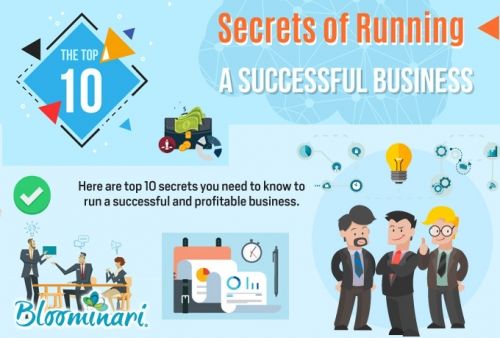

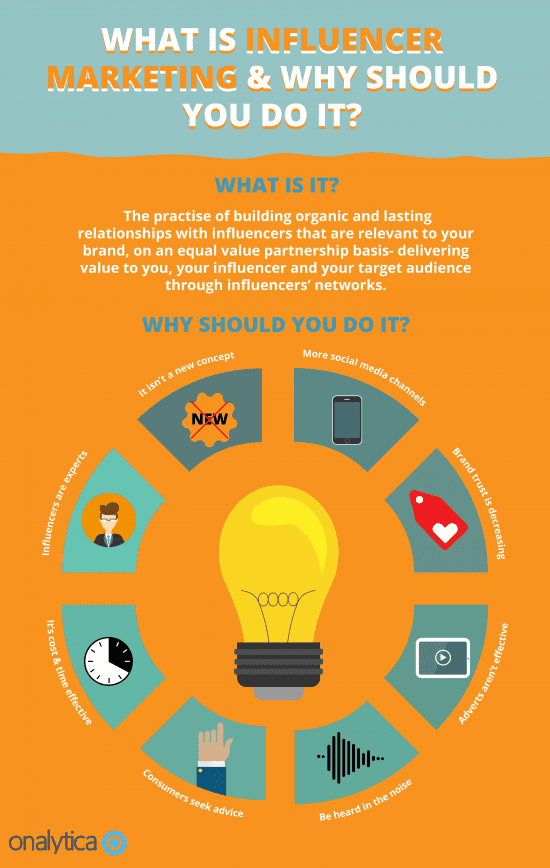
 Thanks to Alicia Russel for sharing her opinions in this post. Alicia is the Digital Marketing Executive at Onalytica, a provider of consultancy led Influencer Relationship Management Software. At Onalytica, she works to educate the industry, while driving inbound leads through social media, SEO optimized thought leadership content and email marketing. You can follow her on
Thanks to Alicia Russel for sharing her opinions in this post. Alicia is the Digital Marketing Executive at Onalytica, a provider of consultancy led Influencer Relationship Management Software. At Onalytica, she works to educate the industry, while driving inbound leads through social media, SEO optimized thought leadership content and email marketing. You can follow her on 
















